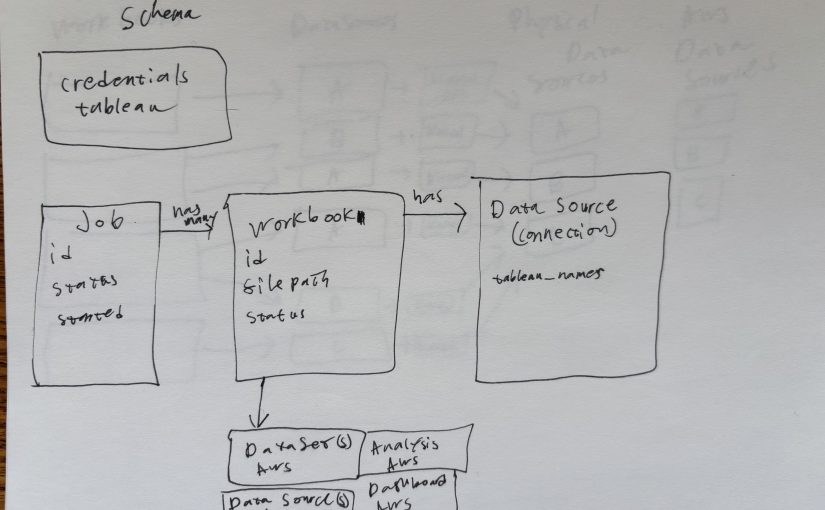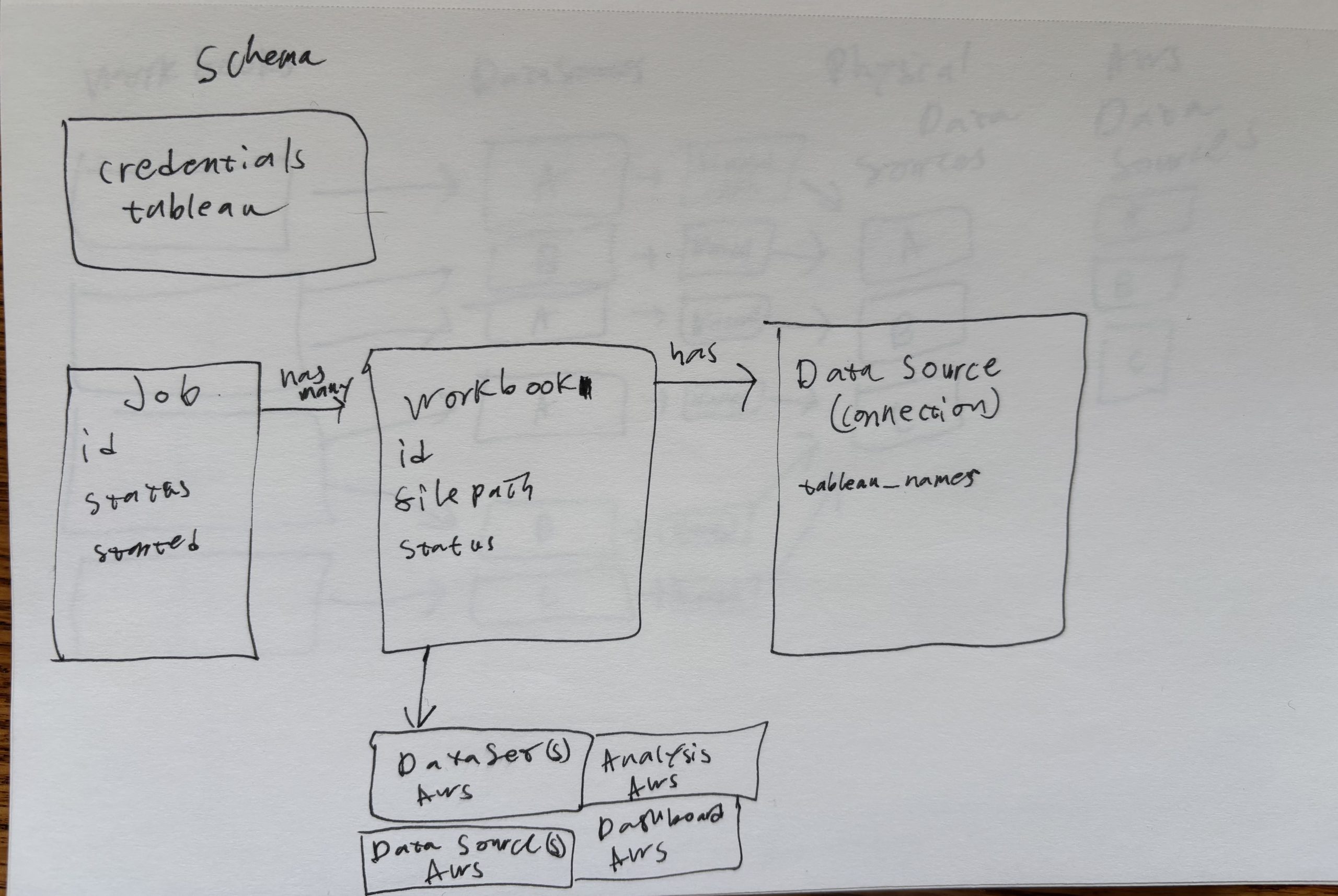In 2023 I was one of the many software engineers whose management pushed them into trying Github Copilot. I was not impressed. At the time Copilot was basically pointless for Java developers. IntelliJ already had Intellisense which did everything Copilot did, but more deterministically.
In retrospect autocomplete was not the use case for AI to assist in the programing process. Personally, I find the AI chatbots to be very useful coding assistants for writing scripts and functions. And this last year AI coding Agents have really come into their own.
I’ve never been a python guy despite using it for light scripting tasks for a decade. But lately I’ve been using it a lot more because Claude can consistently create working 500~ line python scripts in a couple prompts. The days when AI spit out code that didn’t even run are mostly in the past now.
AI is just much better at coding now than it was in 2023. And I suspect the ‘autocomplete’ use case is just a bad one for AI. The more powerful models tend to produce output more slowly. You are looking at a 15+ second wait with edge models. In Claude Code and other agents, multiple 15+ second waits is pretty annoying. It’s like compiling huge java projects. For me I find the chatbot model works great. You write up a prompt, provide examples and context then Claude spits out a running program. You test it and iterate. Autocomplete has the problem that edge models are never going to have the latency that you want when you push ctrl-shift-enter. It just feels better to use an agent or chatbot.







